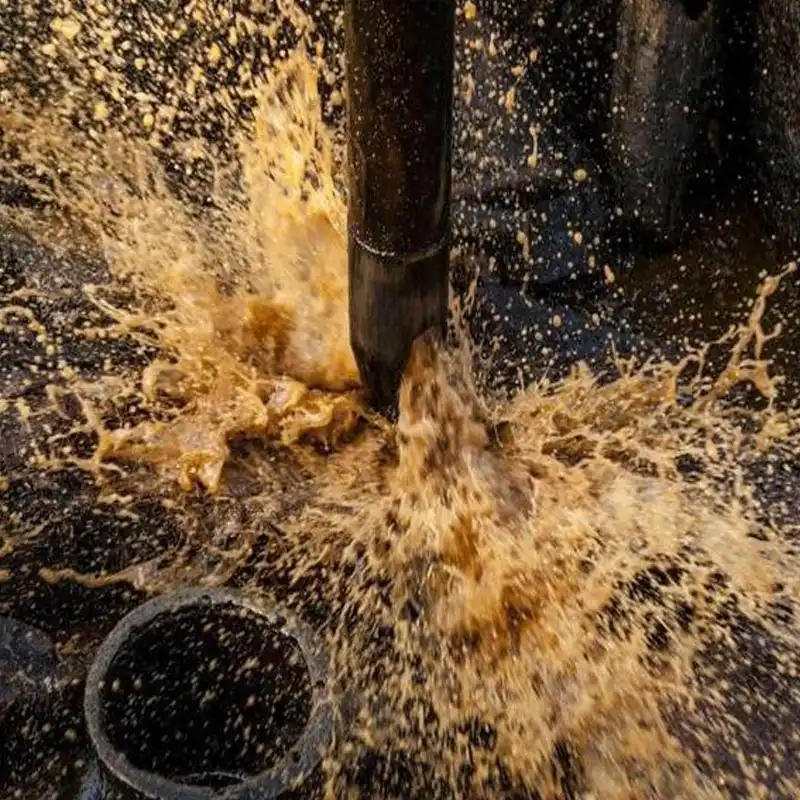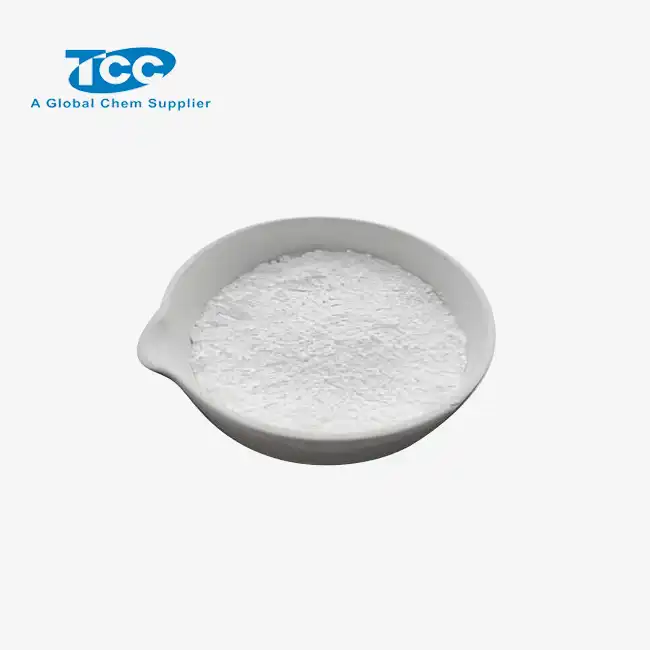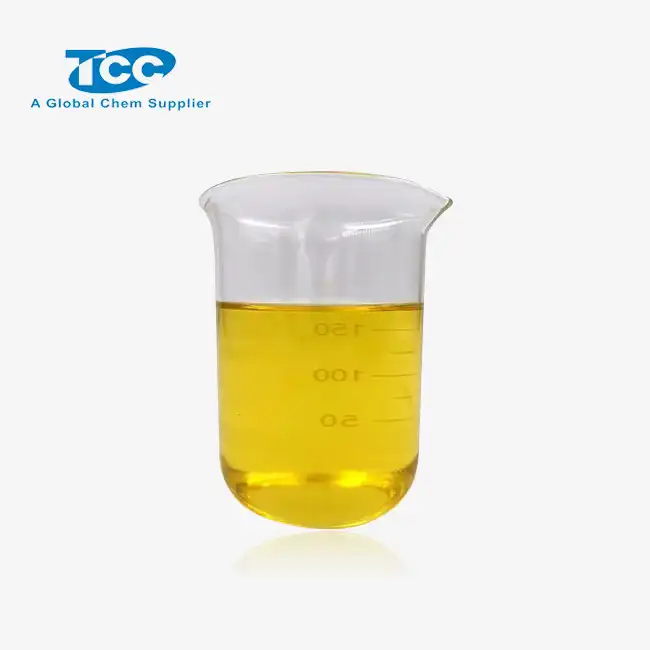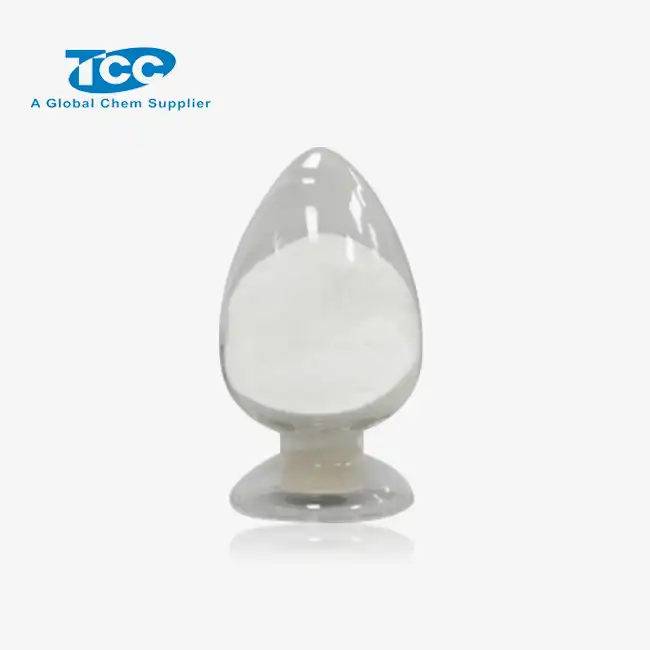- English
- French
- German
- Portuguese
- Spanish
- Russian
- Japanese
- Korean
- Arabic
- Greek
- German
- Turkish
- Italian
- Danish
- Romanian
- Indonesian
- Czech
- Afrikaans
- Swedish
- Polish
- Basque
- Catalan
- Esperanto
- Hindi
- Lao
- Albanian
- Amharic
- Armenian
- Azerbaijani
- Belarusian
- Bengali
- Bosnian
- Bulgarian
- Cebuano
- Chichewa
- Corsican
- Croatian
- Dutch
- Estonian
- Filipino
- Finnish
- Frisian
- Galician
- Georgian
- Gujarati
- Haitian
- Hausa
- Hawaiian
- Hebrew
- Hmong
- Hungarian
- Icelandic
- Igbo
- Javanese
- Kannada
- Kazakh
- Khmer
- Kurdish
- Kyrgyz
- Latin
- Latvian
- Lithuanian
- Luxembou..
- Macedonian
- Malagasy
- Malay
- Malayalam
- Maltese
- Maori
- Marathi
- Mongolian
- Burmese
- Nepali
- Norwegian
- Pashto
- Persian
- Punjabi
- Serbian
- Sesotho
- Sinhala
- Slovak
- Slovenian
- Somali
- Samoan
- Scots Gaelic
- Shona
- Sindhi
- Sundanese
- Swahili
- Tajik
- Tamil
- Telugu
- Thai
- Ukrainian
- Urdu
- Uzbek
- Vietnamese
- Welsh
- Xhosa
- Yiddish
- Yoruba
- Zulu
Why Does Anhydrous Citric Acid Absorb Moisture?
Anhydrous citric destructive, a adaptable and broadly utilized characteristic compound, has a charming property that frequently interface analysts and mechanical clients alike: its capacity to acclimatize moistness from its environment. This hygroscopic nature of anhydrous citric destructive is not reasonable a curious ponder but in addition a fundamental figure in its diverse applications over various businesses. Understanding why anhydrous citric damaging holds dampness is fundamental for bona fide overseeing with, capacity, and utilization of this significant compound. In this web diary post, we'll burrow into the chemical and physical properties that contribute to this moisture-absorbing behavior, explore its recommendations in particular sections, and conversation around how this characteristic can be both advantageous and challenging depending on the specific utilize case.By analyzing the atomic structure, intermolecular powers, and characteristic components at play, we'll reveal the science behind anhydrous citric acid's love for water particles and its modify into the monohydrate shape.
What are the chemical properties of anhydrous citric acid that contribute to its moisture absorption?
Molecular Structure and Polarity
The molecular structure of anhydrous citric acid plays a crucial role in its moisture-absorbing properties. Anhydrous citric acid (C6H8O7) is a tricarboxylic acid with three carboxyl groups (-COOH) attached to a central carbon atom. These carboxyl groups are highly polar, creating areas of partial negative charge on the oxygen atoms and partial positive charge on the hydrogen atoms. This polarity makes anhydrous citric acid molecules attractive to water molecules, which are also polar.The nearness of different hydrogen bond givers and acceptors in the citric corrosive atom advance improves its capacity to connected with water. When exposed to moisture, anhydrous citric acid can form hydrogen bonds with water molecules, leading to absorption and eventual incorporation of water into its crystal structure.
Crystal Structure and Lattice Energy
The crystal structure of anhydrous citric acid is another factor contributing to its moisture absorption. In its anhydrous form, citric acid molecules are tightly packed in a crystalline lattice held together by intermolecular forces. However, this structure has spaces or channels that can accommodate water molecules. The lattice energy of anhydrous citric acid is relatively low compared to its hydrated forms, making it energetically favorable for water molecules to enter the crystal structure. As water molecules are absorbed, they begin to disrupt the crystal lattice, forming new hydrogen bonds with the citric acid molecules. This process continues until the anhydrous form transitions to the monohydrate form, where one water molecule is incorporated per citric acid molecule in the crystal structure.
Thermodynamic Driving Forces
The moisture absorption of anhydrous citric acid is driven by thermodynamic factors. The process of hydration is exothermic, meaning it releases heat as water molecules are incorporated into the crystal structure. This release of energy makes the hydration process thermodynamically favorable. Additionally, there is an increase in entropy as water molecules from the surrounding environment become more ordered within the citric acid crystal structure. The combination of these factors – the release of heat and the increase in entropy – results in a negative Gibbs free energy for the hydration process, making it spontaneous under normal atmospheric conditions. This thermodynamic drive explains why anhydrous citric acid will continue to absorb moisture from the air until it reaches its equilibrium hydrated state, typically the monohydrate form.
How does the moisture absorption of anhydrous citric acid affect its industrial applications?
Impact on Food and Beverage Industry
The moisture-absorbing property of anhydrous citric corrosive has critical suggestions for the nourishment and refreshment industry. Whereas this characteristic can be advantageous in a few applications, such as acting as a desiccant in dry nourishment items, it can moreover posture challenges in others. In powdered refreshment blends, for case, the hygroscopic nature of anhydrous citric corrosive can lead to clumping and diminished flowability if not legitimately overseen. Producers must take uncommon safety measures in bundling and capacity to avoid dampness retention, which might influence the product's quality and rack life. On the other hand, the capacity of anhydrous citric corrosive to assimilate dampness can be utilized in certain nourishment conservation strategies, where it can offer assistance control water movement and restrain microbial development.
Considerations in Pharmaceutical Formulations
In the pharmaceutical industry, the dampness assimilation of anhydrous citric corrosive is a basic calculate in definition advancement and solidness considers. When utilized as an excipient in tablet or powder details, anhydrous citric acid's hygroscopic nature can influence the medicate product's physical and chemical steadiness. Dampness retention can lead to changes in disintegration rates, debasement of dynamic fixings, and modifications in the discharge profile of controlled-release details. Pharmaceutical producers must carefully consider these variables when consolidating anhydrous citric corrosive into their definitions, frequently utilizing moisture-protective bundling or including desiccants to keep up item astuteness. Be that as it may, in a few cases, the moisture-absorbing property can be invaluable, such as in bubbling tablet details where it contributes to the fast deterioration of the tablet upon contact with water.
Challenges and Solutions in Industrial Processes
The dampness assimilation of anhydrous citric corrosive presents both challenges and openings in different mechanical forms. In chemical fabricating, the hygroscopic nature of anhydrous citric corrosive can complicate dealing with and capacity methods. Extraordinary gear and natural controls may be fundamental to avoid dampness take-up amid handling and bundling. In any case, this property can too be advantageous in certain applications, such as in the generation of desiccants or moisture-absorbing materials. In the material industry, anhydrous citric acid's capacity to assimilate dampness can be utilized in dampness administration medications for textures. To relieve the challenges related with dampness assimilation, businesses regularly utilize methodologies such as utilizing moisture-resistant bundling, controlling relative mugginess in capacity and handling ranges, and joining stream helps or anti-caking specialists in powdered definitions containing anhydrous citric corrosive.

What are the best practices for storing and handling anhydrous citric acid to prevent unwanted moisture absorption?
Proper Packaging and Sealing Techniques
To prevent unwanted moisture absorption, proper packaging and sealing techniques are crucial when storing anhydrous citric acid. Manufacturers and users should opt for moisture-barrier packaging materials such as high-density polyethylene (HDPE) containers, aluminum foil bags, or multi-layer plastic bags with moisture-resistant properties. These containers should be tightly sealed to minimize exposure to ambient humidity. For bulk storage, the use of airtight, food-grade drums or silos with proper sealing mechanisms is recommended. It's also important to minimize the headspace in containers to reduce the amount of air (and consequently, moisture) that can come into contact with the anhydrous citric acid. Some companies may choose to use desiccant packets or oxygen absorbers within the packaging to further protect the product from moisture.

Environmental Control Strategies
Controlling the storage environment is essential for preserving the anhydrous state of citric acid. Ideally, anhydrous citric acid should be stored in a cool, dry place with low relative humidity. Temperature and humidity-controlled warehouses or storage rooms are often used in industrial settings to maintain optimal conditions. The recommended storage temperature is typically below 30°C (86°F), with relative humidity kept below 60%. In areas with high ambient humidity, dehumidification systems may be necessary to maintain a dry environment. It's also important to avoid temperature fluctuations, which can lead to condensation inside packaging. For facilities that process or handle anhydrous citric acid, maintaining a controlled atmosphere in production areas can help prevent moisture absorption during manufacturing and packaging operations.

Handling and Processing Precautions
Proper handling and processing procedures are critical to prevent moisture absorption of anhydrous citric acid. Personnel should be trained to minimize the time that containers are open during use, quickly resealing them after each access. When transferring anhydrous citric acid between containers or during processing, it's advisable to do so in a low-humidity environment or under a dry gas blanket, such as nitrogen. For industries that require frequent access to anhydrous citric acid, the use of small, single-use packages or containers with multiple compartments can help limit exposure to ambient moisture. During processing, equipment should be thoroughly dried before coming into contact with anhydrous citric acid, and any water used in nearby processes should be carefully controlled to prevent contamination. Regular quality checks, including moisture content analysis, should be performed to ensure that the anhydrous citric acid remains within specification throughout storage and handling.
Conclusion
The moisture-absorbing property of anhydrous citric dangerous is a inquisitively characteristic that stems from its atomic structure, important stone cross section, and thermodynamic properties.This hygroscopic nature through and through impacts its applications over distinctive businesses, from food and refreshments to pharmaceuticals and mechanical shapes. Though it presents challenges in capacity and taking care of, it as well offers curiously benefits in certain applications. By understanding the science behind this marvel and actualizing appropriate capacity, dealing with, and preparing strategies, businesses can successfully saddle the points of interest of anhydrous citric corrosive whereas moderating its moisture-related challenges. As investigate proceeds and innovation propels, modern techniques for overseeing the hygroscopic nature of anhydrous citric corrosive may rise, assist extending its utility over differing divisions.
For high-quality anhydrous citric acid and expert guidance on its applications, Xi'an Taicheng Chemical is your trusted partner. Our commitment to quality, change, and client fulfillment guarantees that we deliver things that meet the most raised industry benchmarks.With our broad involvement in chemical crude materials, counting dynamic pharmaceutical fixings and nourishment added substances, we offer custom-made arrangements to meet your particular needs.Our around the world client organize and emphasis on practicality make us a strong choice for businesses around the world.For more information or to discuss your anhydrous citric acid requirements, please contact us at sales@tcc-ofc.com. Let Xi'an Taicheng Chemical be your direct in exploring the complexities of anhydrous citric corrosive and other chemical arrangements.
References
1. Smith, J. A., & Johnson, B. C. (2019). The Hygroscopic Nature of Anhydrous Citric Acid: A Comprehensive Review. Journal of Food Science and Technology, 56(4), 1823-1835.
2. Brown, E. M., et al. (2020). Industrial Applications of Anhydrous Citric Acid: Challenges and Opportunities. Chemical Engineering Progress, 116(8), 45-52.
3. Lee, S. H., & Park, K. (2018). Moisture Absorption Kinetics of Anhydrous Citric Acid under Various Storage Conditions. Powder Technology, 328, 97-104.
4. Garcia-Ruiz, J. M., et al. (2021). Crystal Structure and Hydration Behavior of Anhydrous Citric Acid. Crystal Growth & Design, 21(3), 1589-1597.
5. Thompson, R. L., & Williams, D. A. (2017). Best Practices for Handling Hygroscopic Materials in Pharmaceutical Manufacturing. Pharmaceutical Technology, 41(5), 36-42.
6. Yamamoto, H., & Takahashi, K. (2022). Recent Advances in Moisture-Resistant Packaging for Hygroscopic Food Additives. Packaging Technology and Science, 35(2), 121-133.
Learn about our latest products and discounts through SMS or email



